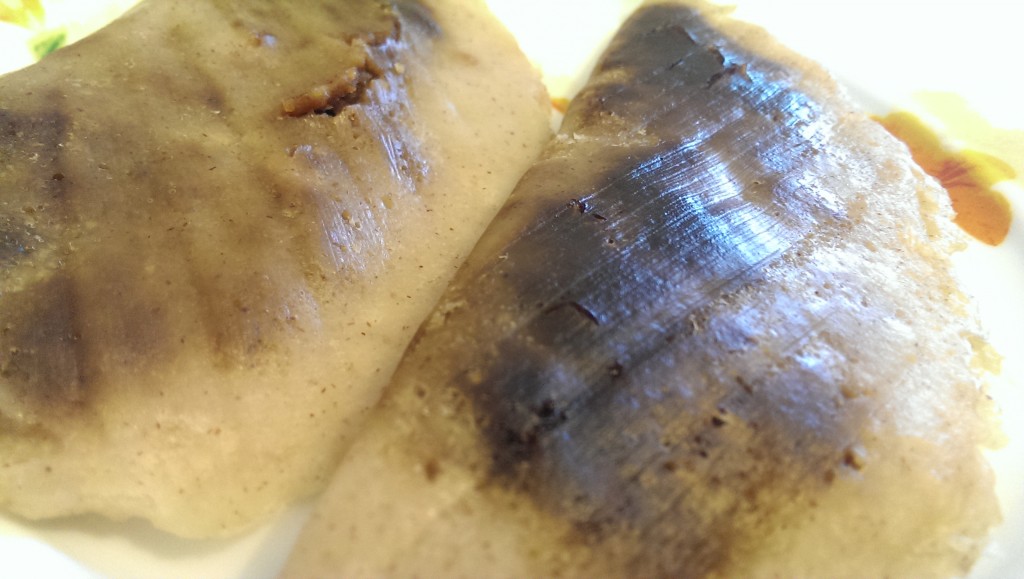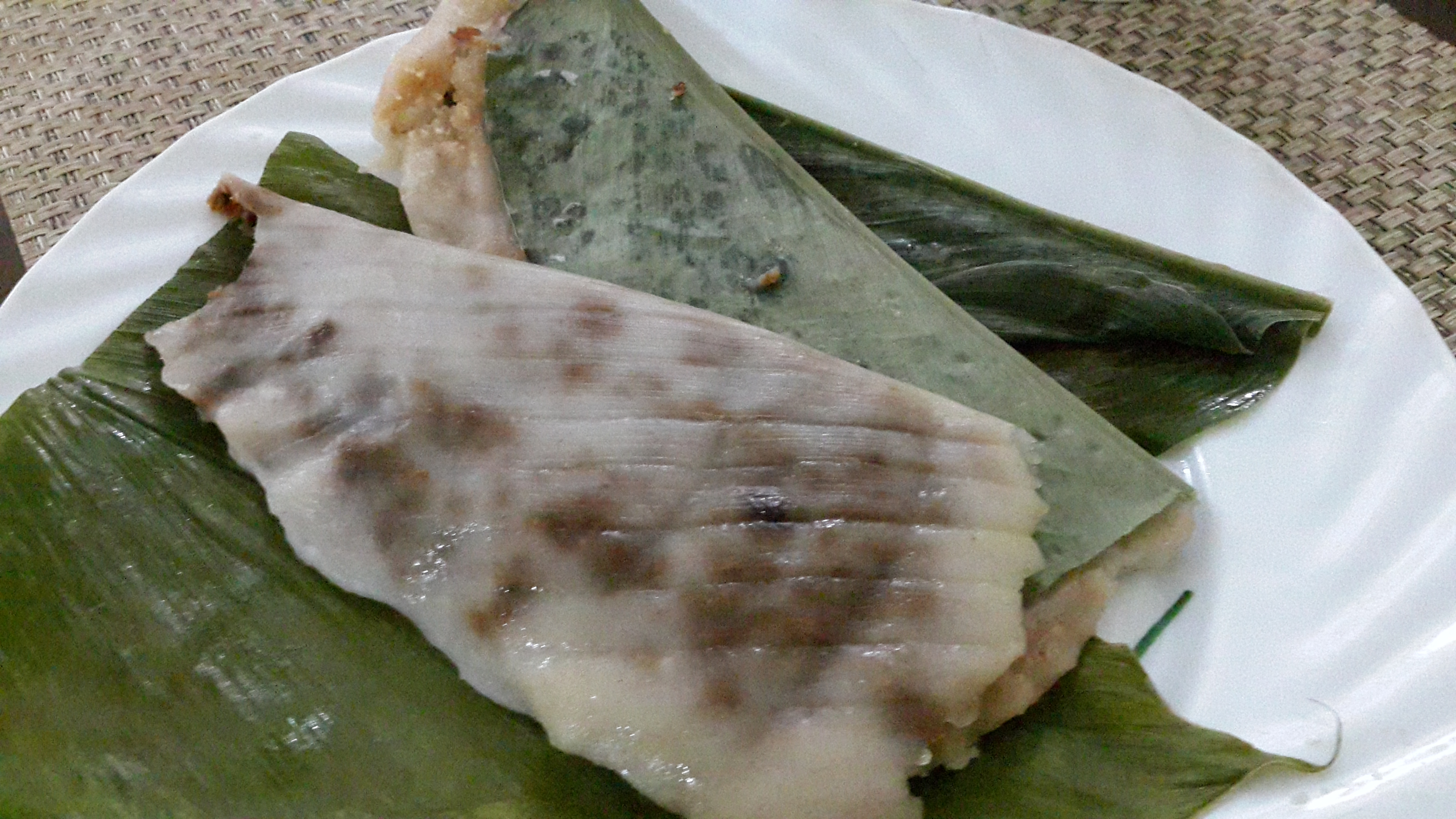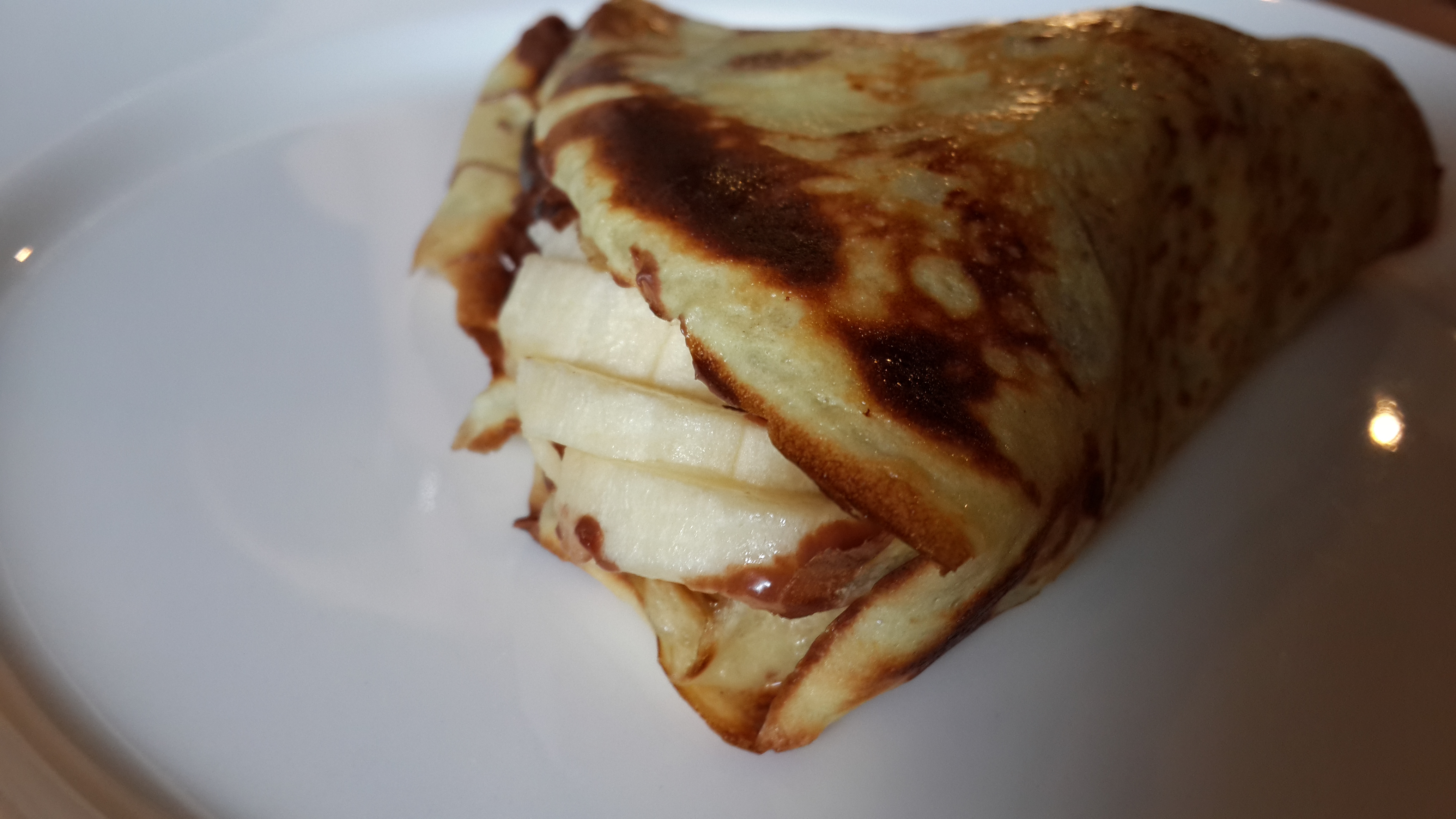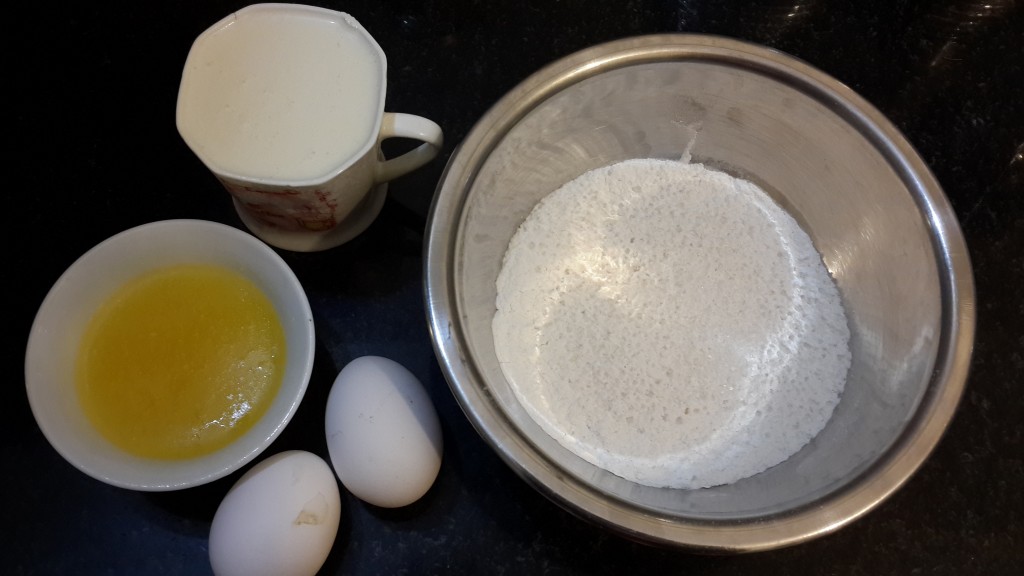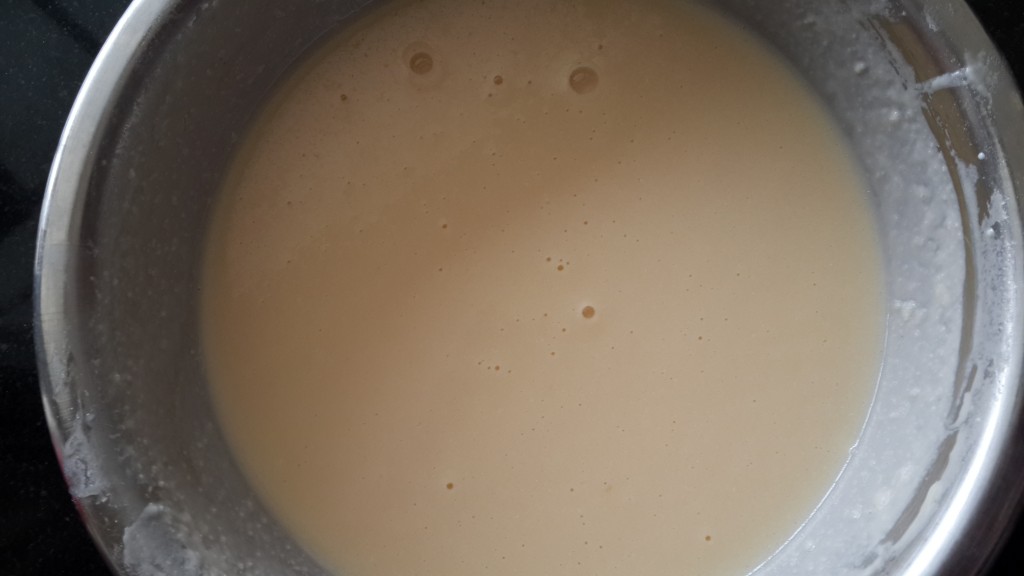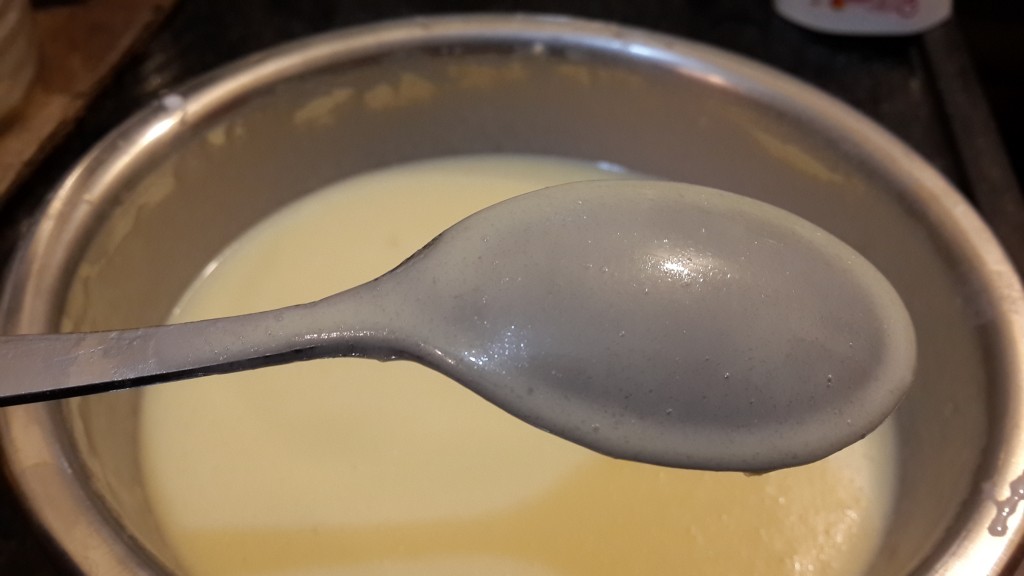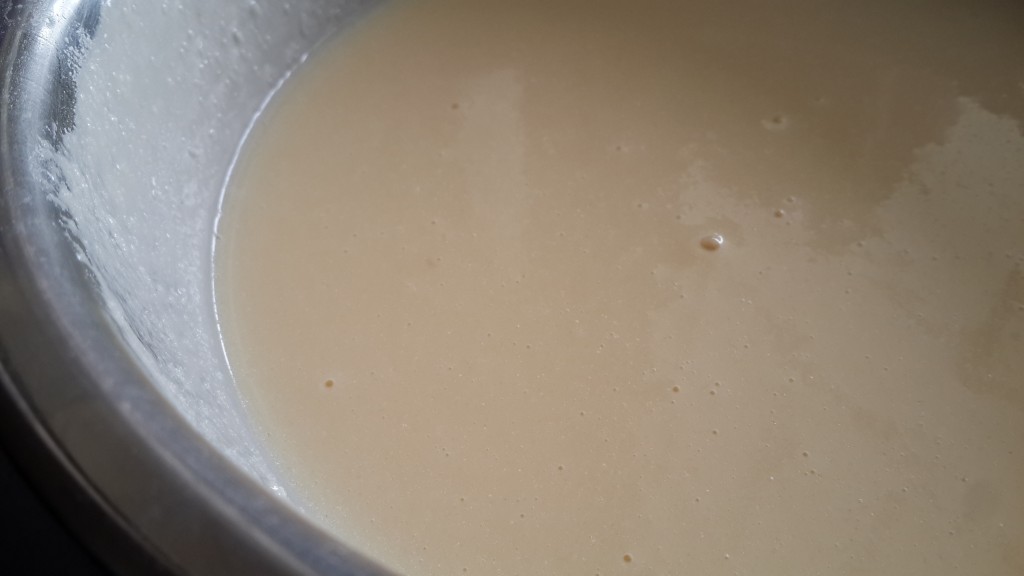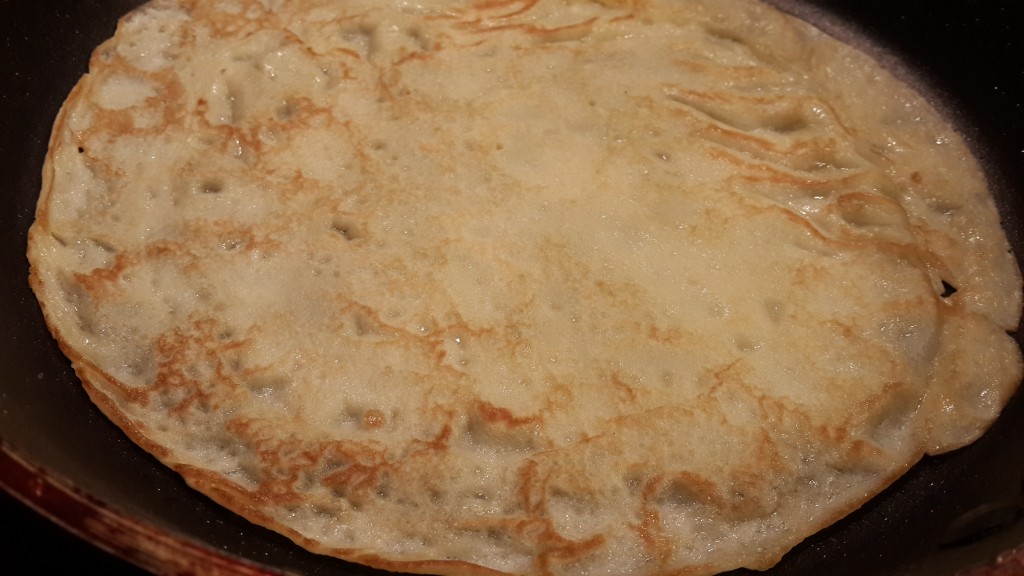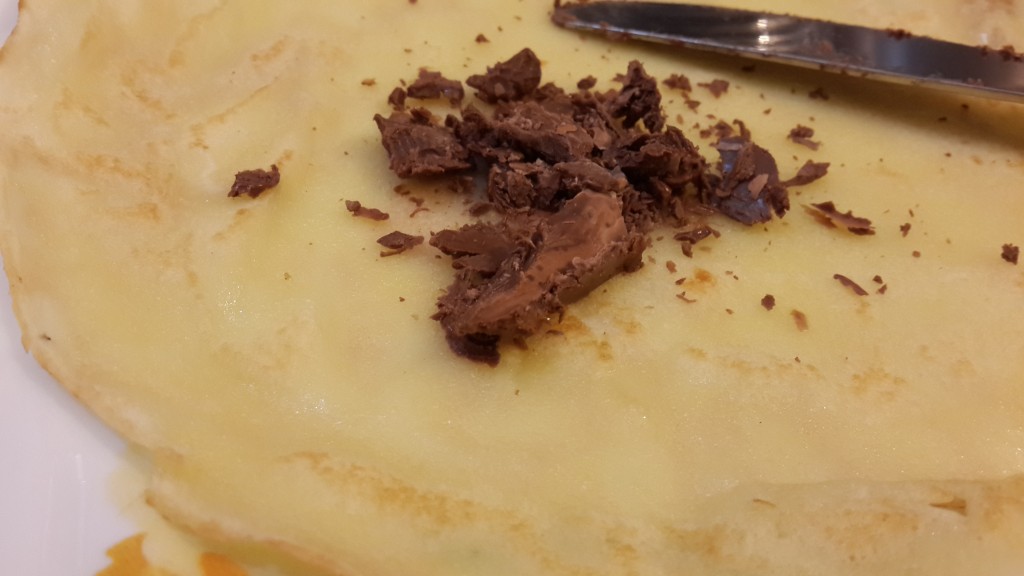Yummy rice pancakes steamed with a coconut and jaggery filling… perfect for just about any time of any day, but specially eaten on the 15th August—the feast of the Assumption, which coincides with India’s Independence Day!
“Happy Independence Day! Happy Feast Day!”The Fact: Patoyos or patoleos are prepared and eaten along the western coast of India. Different cultures prepare this dish for different reasons—the Konkan Marathas and Brahmins prepare patolyos on the second Sunday of Shravan or on the eve of Ganesh Chaturthi. Patolyos are offered to Goddess Parvati, who, the legends say, had a strong craving for these sweets during pregnancy. The Roman Catholics too celebrate the feast of The Assumption of the Virgin Mary into Heaven on the 15th of August, which coincidently happens to be India’s Independence Day. Patoleos are the star dish prepared in almost every Catholic household, on this day. The Inspiration: I didn’t really care whether my mum prepared patoyos for Independence Day or for the feast of the Assumption. It was a thrill preparing these little rice pancakes with mum and then eating them right through the day with hot tea :). The tradition continues in my house too…
The Ingredients
Makes about 10 – 15 patoyos- 3 – 5 turmeric leaves
- 500 grams rice flour OR 2 cups boiled rice soaked overnight and then ground to a paste
- 1 – 1½ coconut, grated fine
- Golden brown (cane) or black (palm) jaggery, grated fine
- ½ teaspoon salt
- Steamer or a make-shift steamer made from a pot of boiling water with a colander placed inside it, above the water level, and covered
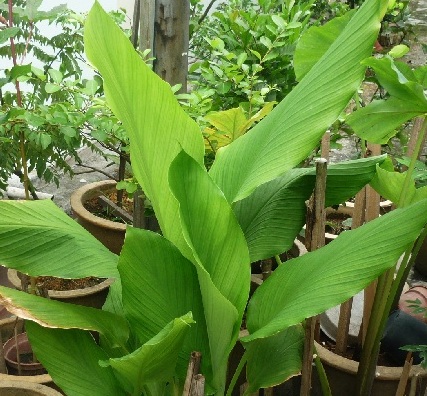

The Method
The Prep
- Wash the turmeric leaves and pat them dry with a paper towel. Be gentle with the leaves. They tear and bruise easily. Try drying the leaves along the length of the veins, instead of across the leaf’s veins.
- If the leaves are small—about the size of your palm—leave them as they are; if not, cut them up into two or three pieces, perpendicular to the central fold of the leaf. The size could be that of your palm or smaller. You can even try a combination of different sizes. Keep aside. Don’t allow them to dry out and harden.
- Sprinkle salt over the rice flour. Mix.
- Knead the rice flour into a soft and pliable, yet firm dough. Take care to not to add too much water or you’ll end up with a runny mess instead of a dough that you can mold.
- Get your steamer ready.
- Mix the grated jaggery with the grated coconut and keep aside. Don’t do this step in advance because the jaggery will melt and the mixture will become runny.
Your three main elements should be ready by now—the leaves, the dough, and the coconut and jaggery mixture
The Making
- Take one leaf bit, open it up and flatten it on your counter, with the inner portion facing upwards. Take a small lump of the dough and place it at any end of the leaf. Now work your pointer and middle fingers into the dough, gradually spreading the dough across the entire upward facing surface of the leaf. Work along the length of the veins to make your job easier. If the dough is not enough, take a second lump.
- Do not to leave any spot uncovered and do not apply a very thin layer. The steam will burn right through the leaf.
- Place about 1.5 – 2 teaspoons of the coconut and jaggery filling in the center and spread it out over the dough in the leaf. Take care to avoid the edges or the mixture will run out. The quantity will depend on the taste you prefer. Some people prefer the steamed dough flavour with a hint of the filling, while others like it sweet. You will master this through trial and error.
- Fold the leaf in half, along its natural fold. Lightly press along the edges, so that the dough on opposite surfaces roughly stick to each other. Keep aside. Prepare more such patoyos and keep aside.
The Steaming
- Once you have finished making enough patoyos to go into the steamer in one batch, stop and transfer the patoyos into the steamer. Place each patoyo separately. Don’t stack them over each other or they won’t cook evenly.
- Steam for about 5 – 7 minutes or until the patoyos are firm to touch and the leaf peels off easily. If the center is still soft, return to the steamer and steam until done.
That’s it! Enjoy steamy patoyos with a hot cuppa tea 🙂 Take care not to burn your mouth with steam that is trapped in the patoyo.
Here are a couple of patoyos – one with black jaggery and the other with golden brown…
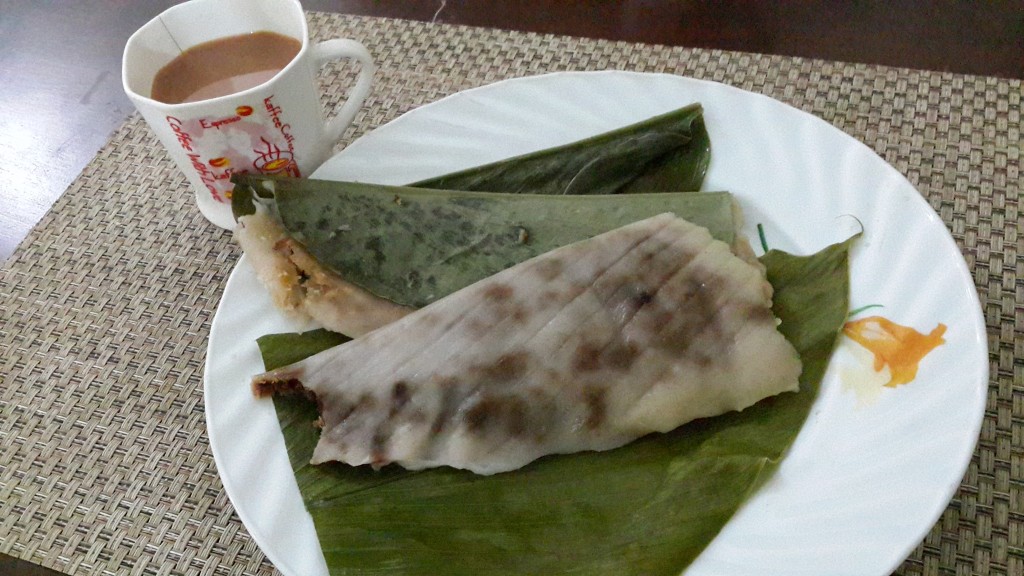
And here’s a beautifully captured picture of a couple of patoyos with black jaggery…
